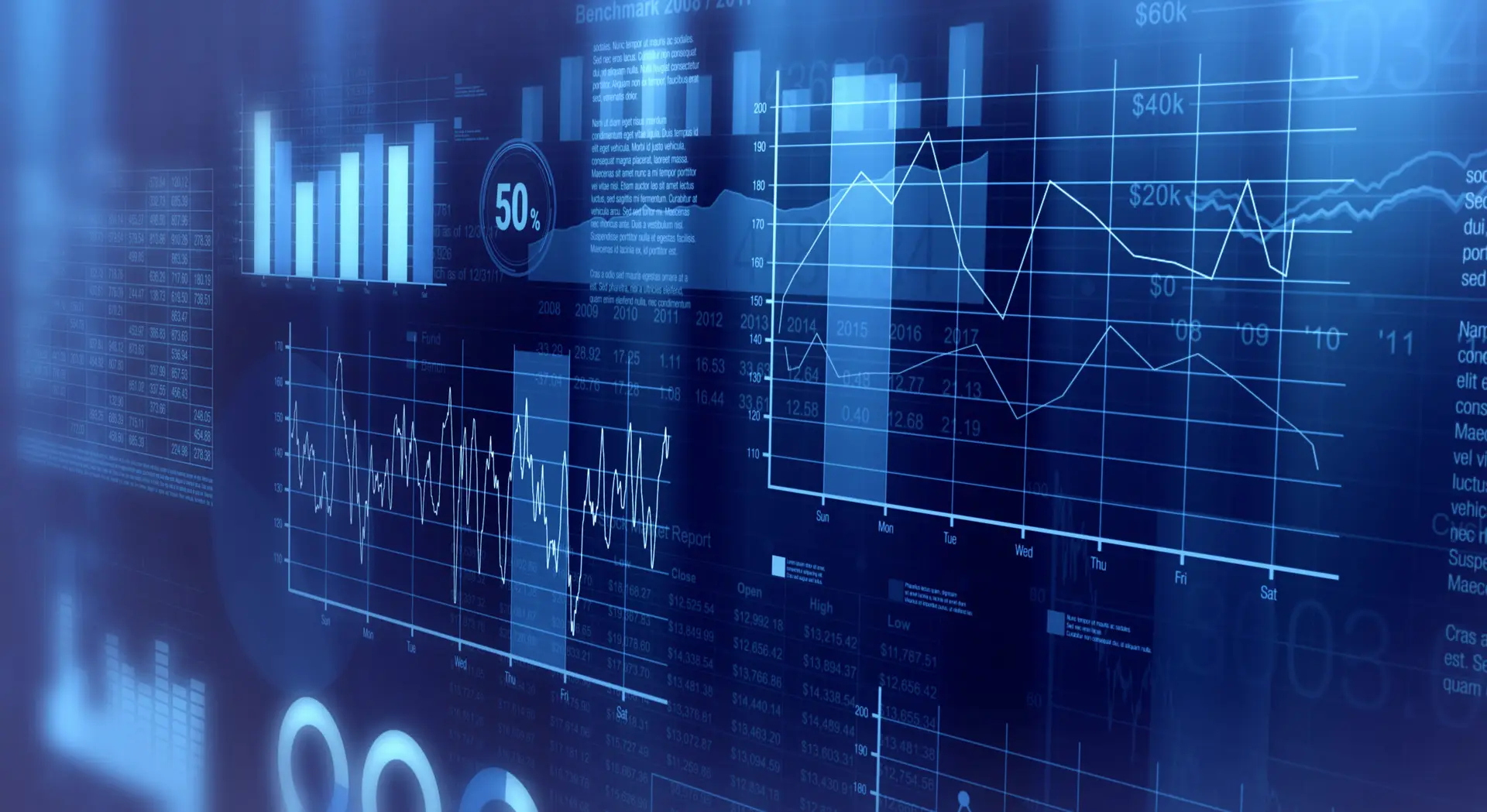AI-Ready Planning: How to Prepare for Intelligent Forecasting with Workday Adaptive Planning

In a world where data changes overnight and decisions must be made faster than ever, traditional forecasting models just can’t keep up. Businesses today face increasing pressure to predict outcomes with precision—while navigating supply chain disruptions, inflation, workforce changes, and customer demand shifts. The answer isn’t more spreadsheets—it’s smarter planning powered by AI.
The Challenge: Forecasting in a Fast-Moving World
Finance teams today face several hurdles:
- Data overload with limited insight – Critical information is spread across systems and often outdated.
- Static budgets – Annual planning cycles fail to reflect real-time business dynamics.
- Manual processes – Time-consuming, error-prone spreadsheets slow down analysis and response.
- Lack of predictive tools – Forecasts rely too heavily on past trends, ignoring forward-looking signals.
These challenges limit agility, increase risk, and make it harder for organizations to respond to change.
Enter Intelligent Forecasting with Workday Adaptive Planning
Workday Adaptive Planning provides a future-ready foundation by embedding AI/ML into the forecasting process—making it easier to uncover patterns, predict outcomes, and optimize decisions.
Here’s how Adaptive makes intelligent forecasting a reality:
- Smart Predictive Models
Use AI/ML to identify patterns in historical and external data and generate reliable forecasts with minimal manual effort. - Scenario Planning at Scale
Model multiple “what-if” situations, from pricing shifts to workforce reductions or tariff hikes, and instantly see their business impact. - Continuous, Real-Time Planning
Move beyond static budgeting with rolling forecasts that automatically adapt to actuals and business changes. - Integration with Workday Ecosystem
Adaptive pulls in live data from Workday HCM, Financials, and Prism, giving AI models access to rich, multidimensional insights.
Real-World Value: What Clients Are Seeing
Organizations embracing intelligent forecasting with Adaptive Planning are realizing tangible benefits:
- 50% faster forecast cycles through automation and predictive modeling
- Increased forecast accuracy by 30% or more with machine learning-driven inputs
- Better collaboration between finance, HR, and operations via shared insights
- Smarter resource allocation with forward-looking insights driving strategy
One retail client, for example, used Adaptive’s AI capabilities to forecast product demand more accurately across regions, leading to a 15% reduction in inventory carrying costs.
Getting AI-Ready: Steps to Start Today
If your organization is looking to embrace intelligent planning, here’s how to begin:
- Ensure your data foundation is solid – Clean, structured, and integrated data is key.
- Start with a use case – Focus on a high-impact area like revenue forecasting or workforce planning.
- Adopt continuous planning – Shift to rolling forecasts to support faster, more flexible decisions.
- Work with a partner – Get expert guidance on model design, change management, and best practices.
Final Thoughts
AI and intelligent forecasting aren’t futuristic luxuries—they’re strategic necessities. With Workday Adaptive Planning, you can turn complex data into predictive insights, respond faster, and plan with confidence.
Ready to get ahead? Let’s talk about how to make your forecasting smarter, faster, and more impactful.


